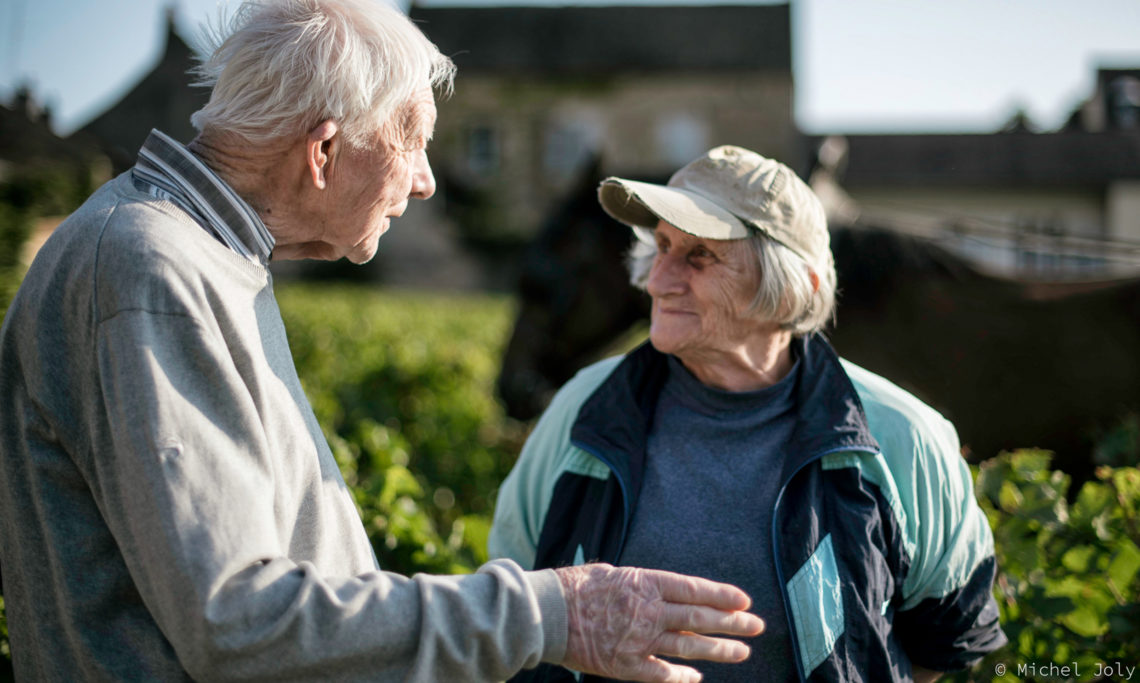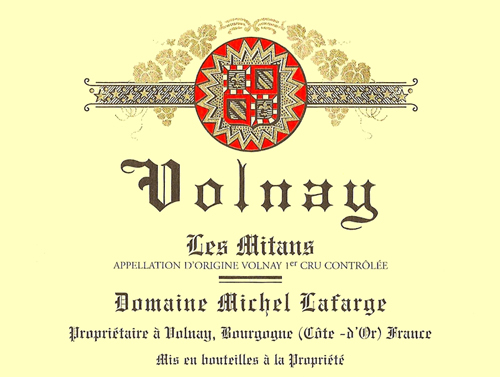Volnay 1er Cru Les Mitans
At a Glance
- Size: 0.39 ha (0.96 ac)
- Variety: Pinot Noir
- Vine Age: Planted in 1952, 1976
- Terroir: Gentle slope facing southeast. Soils are moderately deep, brown clay on limestone bedrock. 250-meters elevation.
- Viticulture: Certified organic (Ecocert) and biodynamic (Demeter)
- Vinification: 100% de-stemmed, whole grape fermentation, indigenous yeast fermentation, 15% new oak, unfined, unfiltered.
Additional Info
Geology
Etymology: Mitans comes from the ancient French word Mitan, meaning “middle, center.”
Source: The Climats and Lieux-Dits of the Great Vineyards of Burgundy, Marie-Hélène Landrieu-Lussigny.
Site: Les Mitans sits downslope from the small village of Volnay. It is located at approximately 250-meters elevation. The vineyard lies on a low, gentle slope that faces just south of east. Even though Les Mitans lies in the direct path of a small combe to the west, Frédéric does not believe that the vineyard experiences much influence from it—possibly due to its distance down the slope.
Soil: The soil is approximately 35-40 cm deep. The soil is deep brown in color with a dense, clay-rich texture. The brown color indicates that the soil is not rich in iron, which is a notable difference from other great vineyards of Volnay, such as Caillerets and Clos de Chênes. Approximately 20% of the surface is covered in small (gravel to cobble-sized) limestone stones. The stones in the vineyard are poorly sorted indicate some alluvial influence.
Lafarge Parcel: The vines in the Lafarge parcel are approximately 65 years old. The vines are planted downslope to the east. Frédéric points out that the clay-rich soils of Les Mitans are surprisingly light and “springy” when stepped on, a factor he strongly attributes to biodynamic farming. He also believes that the final wine reflects this springiness in its freshness, femininity, and balance between clay and stone influences.
With many thanks to geologist Brenna Quigley for putting the physical and geologic aspects of these vineyards into words far more meaningful than we could have written on our own. https://www.brennaquigley.com


